Home>Gardening & Outdoor>Landscaping Ideas>How To Get Rid Of Fungus In Grass
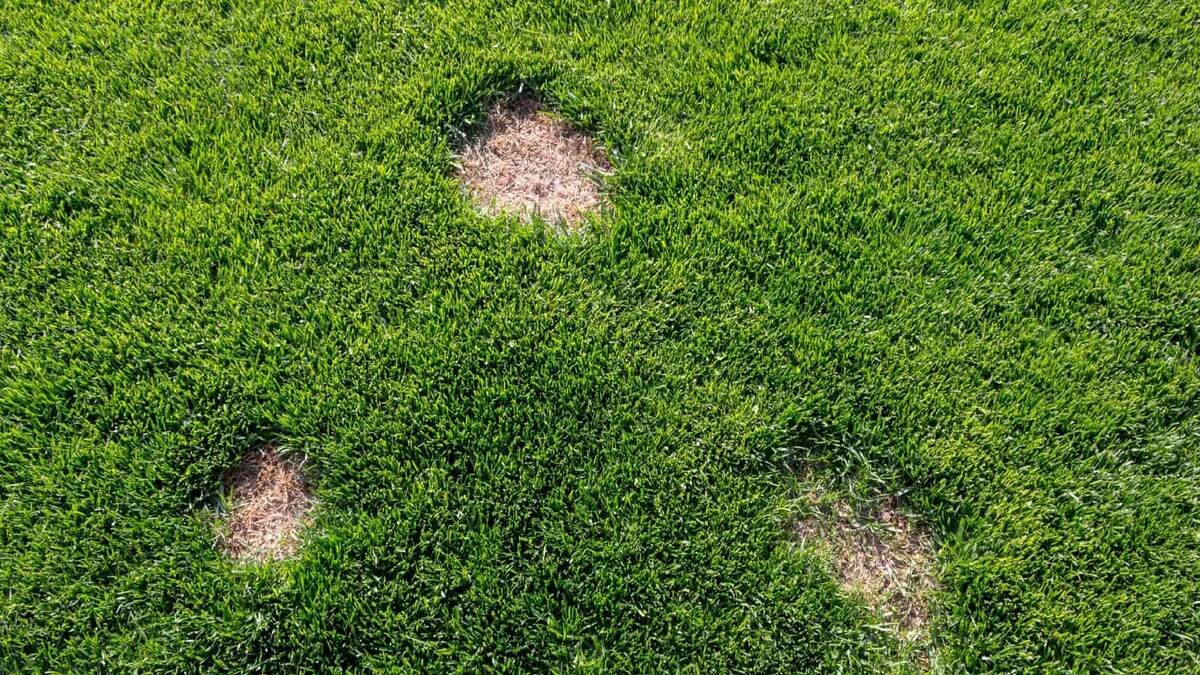

Landscaping Ideas
How To Get Rid Of Fungus In Grass
Published: January 24, 2024
Learn effective landscaping ideas to eliminate fungus in grass and restore the lush greenery of your lawn. Discover expert tips and solutions for a healthy, vibrant outdoor space.
(Many of the links in this article redirect to a specific reviewed product. Your purchase of these products through affiliate links helps to generate commission for Storables.com, at no extra cost. Learn more)
Introduction
Maintaining a lush, green lawn is a source of pride for many homeowners. However, the presence of fungus in grass can quickly turn this dream into a nightmare. Fungal infections not only detract from the aesthetic appeal of your lawn but can also compromise its overall health. Understanding how to identify, prevent, and treat fungus in grass is essential for preserving the beauty and vitality of your outdoor space.
Fungal infections in grass can manifest in various forms, such as unsightly brown patches, moldy growth, or unusual discoloration. These issues not only detract from the visual appeal of your lawn but can also weaken the grass, making it more susceptible to further damage from pests, diseases, and environmental stressors.
In this comprehensive guide, we will delve into the intricacies of fungal infections in grass, providing valuable insights into identifying, preventing, and treating these troublesome issues. By the end of this article, you will be equipped with the knowledge and strategies necessary to combat fungus in grass effectively, ensuring that your lawn remains a vibrant and healthy outdoor haven for years to come.
Key Takeaways:
- Don’t let fungus ruin your lawn! Keep an eye out for discolored patches, improve air circulation, and water your grass wisely to prevent fungal infections. With the right care, your lawn can stay healthy and vibrant.
- If fungus strikes, fight back with targeted strategies. Use fungicidal treatments, improve drainage, and give your lawn some extra TLC. By taking action, you can help your grass recover and thrive.
Understanding Fungus in Grass
Fungal infections in grass can be a persistent nuisance for homeowners and garden enthusiasts. These infections are often caused by various types of fungi that thrive in specific environmental conditions. Understanding the nature of these fungi and their impact on grass is crucial for effectively managing and preventing their occurrence.
Fungi are microscopic organisms that can exist in various forms, including molds, mildews, and yeasts. When it comes to grass, fungal infections typically manifest as discolored patches, powdery growth, or unusual textures on the grass blades. These infections are often triggered by factors such as excessive moisture, poor air circulation, and imbalanced soil conditions.
One common type of fungal infection in grass is known as "dollar spot," characterized by small, silver-dollar-sized dead patches on the lawn. Another prevalent fungal disease is "brown patch," which causes circular, brownish areas to appear in the grass. Additionally, "powdery mildew" presents as a white, powdery substance on the grass blades, giving the lawn a distinctly unhealthy appearance.
Fungal infections can weaken the grass, making it more susceptible to damage from pests, diseases, and environmental stressors. Moreover, these infections can hinder the grass's ability to photosynthesize and absorb essential nutrients, further compromising its overall health and vitality.
Understanding the specific types of fungi that commonly affect grass, as well as the conditions that promote their growth, is essential for implementing targeted prevention and treatment strategies. By gaining insight into the nature of fungal infections in grass, homeowners can take proactive measures to safeguard their lawns against these troublesome issues.
In the next sections, we will explore how to identify fungal infections in grass, prevent their occurrence, and effectively treat existing infections, empowering homeowners to maintain vibrant, healthy lawns that are resilient against fungal threats.
Identifying Fungal Infections in Grass
Identifying fungal infections in grass is a crucial first step in effectively managing these troublesome issues. By recognizing the early signs of fungal infections, homeowners can take prompt action to prevent the spread of the disease and mitigate its impact on the lawn's overall health and appearance.
One of the most common indicators of fungal infections in grass is the presence of discolored patches or irregular patterns on the lawn. These patches may appear as brown, yellow, or even gray areas, signaling the onset of fungal activity. Additionally, the grass blades within these infected areas may exhibit unusual textures, such as a slimy or powdery coating, indicating the presence of fungal growth.
Furthermore, closely inspecting the grass blades can reveal signs of fungal infections, such as unusual discoloration, spotting, or distortion. For instance, the development of white or gray powdery substances on the grass blades may indicate the presence of powdery mildew, a common fungal disease that affects various grass species.
In some cases, fungal infections in grass may also manifest as unusual growth patterns, such as the formation of circular or irregular patches that differ in color and texture from the surrounding healthy grass. These distinct patterns can serve as visual cues for identifying the presence of fungal activity and prompt homeowners to take proactive measures to address the issue.
Moreover, paying attention to environmental conditions and recent weather patterns can provide valuable insights into the likelihood of fungal infections. Excessive moisture, poor air circulation, and prolonged periods of high humidity create favorable conditions for fungal growth, increasing the risk of infections in the grass.
By remaining vigilant and observant, homeowners can detect the early signs of fungal infections in grass, enabling them to intervene promptly and implement targeted strategies to prevent the spread of the disease. In the subsequent sections, we will delve into proactive measures for preventing fungal infections in grass, equipping homeowners with the knowledge and tools to safeguard their lawns against these persistent threats.
Preventing Fungal Infections in Grass
Preventing fungal infections in grass is a proactive approach that can significantly reduce the risk of these troublesome issues and promote the overall health and vitality of the lawn. By implementing targeted strategies and maintaining optimal environmental conditions, homeowners can create an inhospitable environment for fungal growth, effectively safeguarding their grass against infections.
-
Proper Lawn Maintenance: Regular mowing, appropriate fertilization, and adequate watering are essential components of proper lawn maintenance. Mowing the grass at the recommended height helps promote air circulation and reduces excess moisture, creating an environment less conducive to fungal growth. Additionally, balanced fertilization and consistent watering practices support the grass's resilience against potential fungal infections.
-
Improving Air Circulation: Ensuring proper air circulation within the lawn is crucial for preventing fungal infections. Trimming back overhanging branches, thinning out dense vegetation, and avoiding overcrowding of plants can enhance air movement, reducing the likelihood of moisture accumulation and fungal proliferation.
-
Adequate Watering Practices: Overwatering can create an ideal breeding ground for fungal pathogens. To prevent fungal infections, it is important to water the lawn deeply but infrequently, allowing the soil to dry out between watering sessions. Additionally, watering in the morning allows the grass to dry during the day, minimizing the risk of prolonged moisture exposure that can promote fungal growth.
-
Dethatching and Aerating: Regular dethatching and aerating of the lawn help prevent the buildup of excessive thatch and promote healthy root development. By reducing thatch accumulation and enhancing soil oxygenation, homeowners can create an environment that is less favorable for fungal infections to take hold.
-
Appropriate Fungicide Application: In cases where fungal infections have been recurrent or are prevalent in the area, targeted fungicide applications can be considered as a preventive measure. Consulting with a lawn care professional to identify suitable fungicides and application methods can help create a protective barrier against potential fungal threats.
-
Promoting Soil Health: Maintaining balanced soil pH, adequate drainage, and optimal nutrient levels is essential for promoting the grass's natural resistance to fungal infections. Conducting soil tests and addressing any imbalances or deficiencies can contribute to creating an environment that is less susceptible to fungal diseases.
By incorporating these preventive measures into their lawn care routine, homeowners can effectively reduce the risk of fungal infections in grass and promote the long-term health and resilience of their outdoor space. Taking a proactive stance against fungal threats empowers homeowners to enjoy a vibrant, lush lawn that is less vulnerable to the detrimental effects of fungal diseases.
Treating Fungal Infections in Grass
Addressing fungal infections in grass requires a targeted and systematic approach to effectively combat the spread of the disease and restore the lawn's health and vitality. By implementing appropriate treatment strategies, homeowners can mitigate the impact of fungal infections and promote the recovery of their grass.
Read more: How To Get Rid Of Fungus In A Crawl Space
1. Fungicidal Treatments:
Applying fungicidal treatments specifically formulated to target the identified fungal infections can help suppress the spread of the disease. Selecting fungicides designed to combat the specific type of fungal infection present in the grass is crucial for achieving optimal results. It is essential to follow the application instructions provided by the product manufacturer and consider seeking professional guidance to ensure the safe and effective use of fungicidal treatments.
2. Improving Drainage:
Addressing underlying issues related to poor drainage can contribute to the prevention and treatment of fungal infections. Improving the lawn's drainage through measures such as soil aeration, addressing compacted soil, and redirecting water flow away from the affected areas can help reduce moisture accumulation, creating an environment less conducive to fungal growth.
3. Thorough Lawn Care:
Implementing comprehensive lawn care practices, including regular mowing, dethatching, and appropriate fertilization, can support the grass's recovery from fungal infections. Trimming the grass at the recommended height promotes air circulation and reduces excess moisture, while dethatching helps eliminate potential fungal breeding grounds. Additionally, balanced fertilization supports the grass's resilience and recovery.
4. Overseeding and Reseeding:
Overseeding or reseeding the affected areas with disease-resistant grass species can aid in the recovery process. Introducing healthy grass seeds to the infected areas helps restore the lawn's density and promotes the growth of resilient grass varieties, reducing the likelihood of recurrent fungal infections.
Read more: How To Get Rid Of Grasshoppers
5. Monitoring and Maintenance:
Regular monitoring of the treated areas and ongoing maintenance are essential for evaluating the effectiveness of the treatment and preventing the recurrence of fungal infections. Observing the grass for signs of recovery, adjusting maintenance practices as needed, and promptly addressing any emerging issues contribute to the successful treatment of fungal infections in grass.
By implementing these targeted treatment strategies, homeowners can effectively address fungal infections in grass and facilitate the recovery of their lawns. Taking a proactive and systematic approach to treatment not only mitigates the immediate impact of fungal infections but also promotes the long-term health and resilience of the grass, ensuring a vibrant and thriving outdoor space for years to come.
Conclusion
In conclusion, understanding the complexities of fungal infections in grass is essential for homeowners seeking to maintain a vibrant and healthy lawn. By recognizing the early signs of fungal activity, implementing targeted prevention strategies, and addressing existing infections with effective treatment measures, homeowners can safeguard their grass against the detrimental effects of fungal diseases.
Fungal infections in grass, often triggered by factors such as excessive moisture, poor air circulation, and imbalanced soil conditions, can manifest in various forms, including discolored patches, powdery growth, and unusual textures on the grass blades. These infections not only compromise the visual appeal of the lawn but also weaken the grass, making it more susceptible to damage from pests, diseases, and environmental stressors.
By remaining vigilant and observant, homeowners can detect the early signs of fungal infections, enabling them to intervene promptly and implement targeted strategies to prevent the spread of the disease. Proactive measures such as proper lawn maintenance, improving air circulation, and promoting soil health create an inhospitable environment for fungal growth, effectively safeguarding the grass against infections.
Addressing fungal infections in grass requires a systematic approach, including the application of fungicidal treatments, improving drainage, thorough lawn care, and overseeding or reseeding affected areas. By implementing these targeted treatment strategies and maintaining ongoing monitoring and maintenance, homeowners can facilitate the recovery of their lawns and promote long-term resilience against fungal threats.
In essence, combating fungal infections in grass is a multifaceted endeavor that demands a combination of vigilance, proactive prevention, and targeted treatment. By equipping themselves with the knowledge and strategies outlined in this guide, homeowners can effectively protect their lawns from the persistent threats posed by fungal diseases, ensuring that their outdoor spaces remain vibrant, healthy, and resilient for years to come.
Frequently Asked Questions about How To Get Rid Of Fungus In Grass
Was this page helpful?
At Storables.com, we guarantee accurate and reliable information. Our content, validated by Expert Board Contributors, is crafted following stringent Editorial Policies. We're committed to providing you with well-researched, expert-backed insights for all your informational needs.

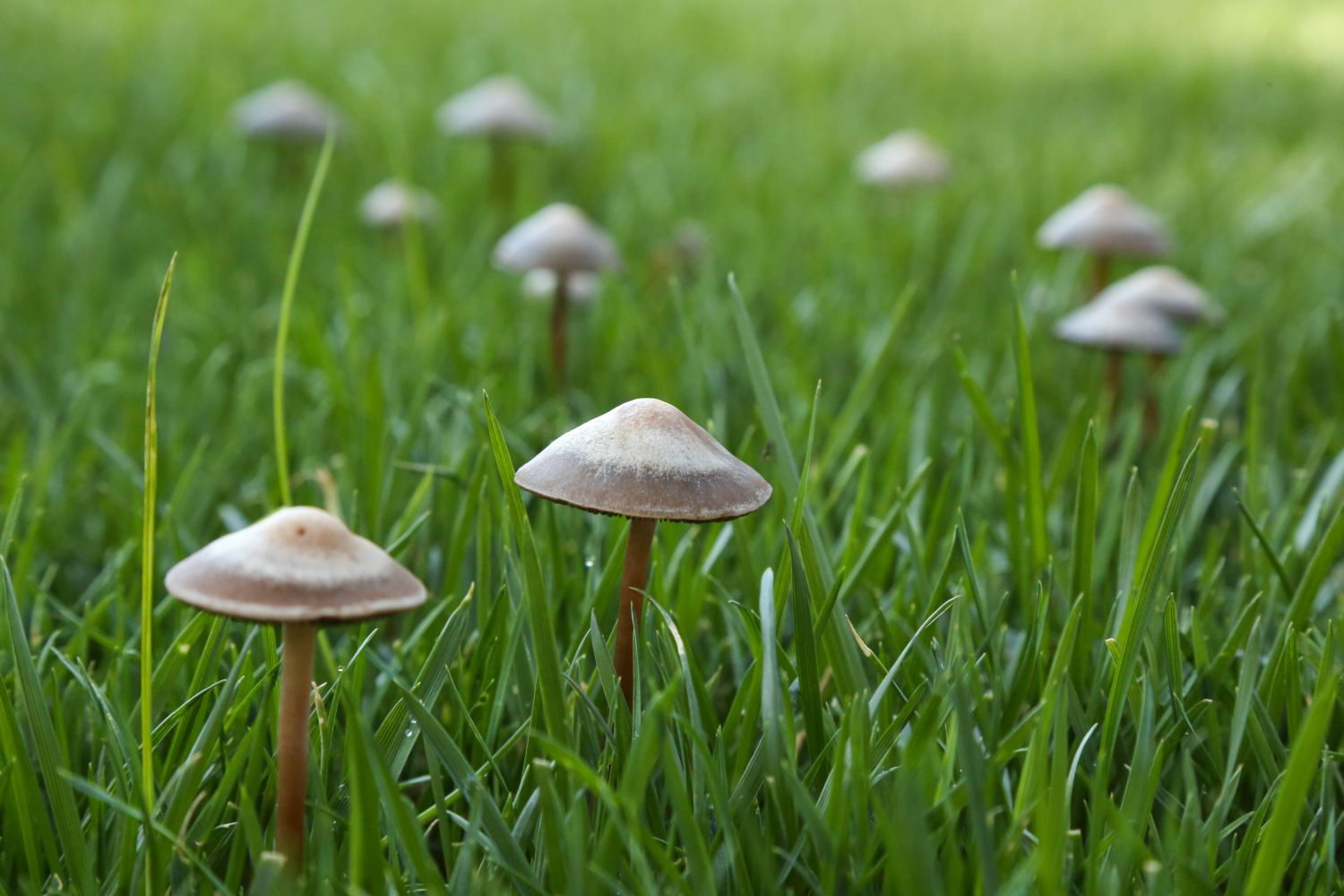







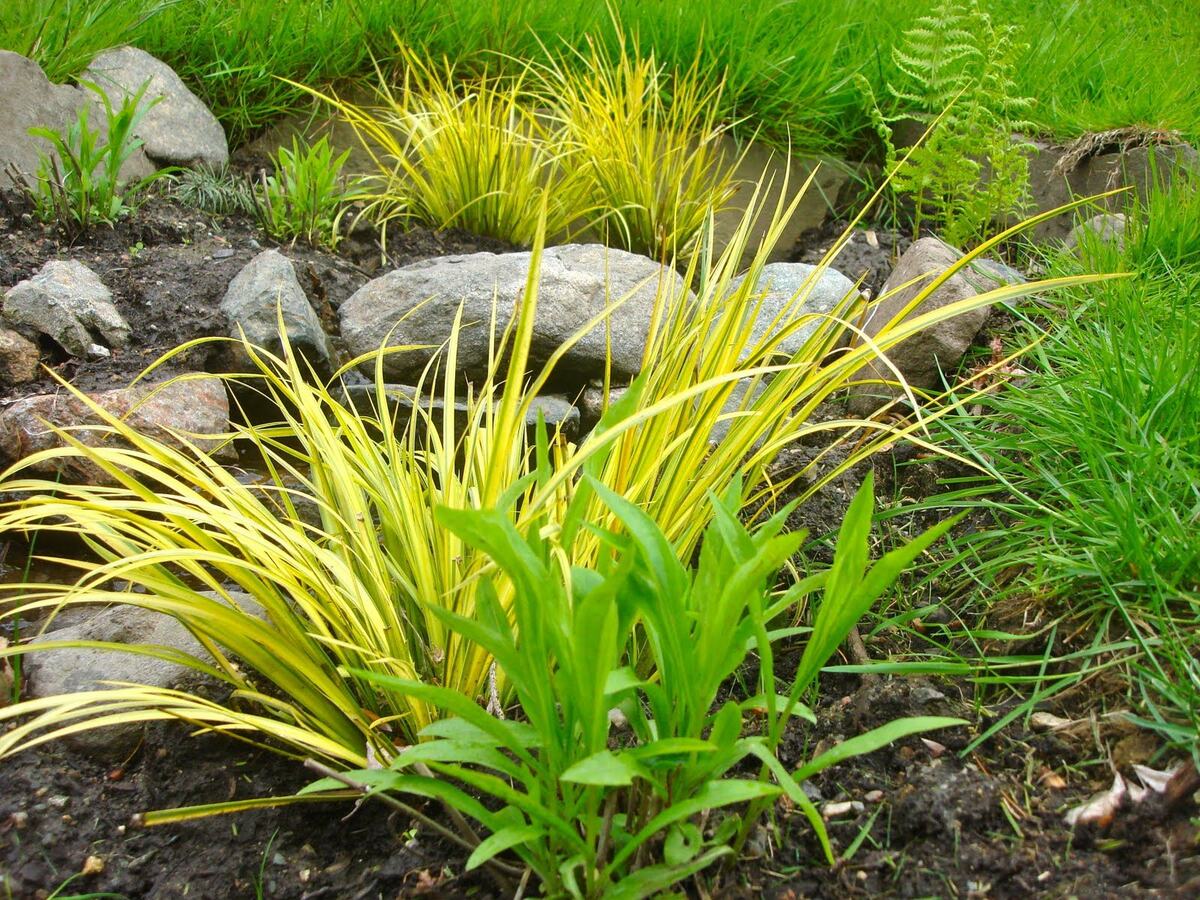
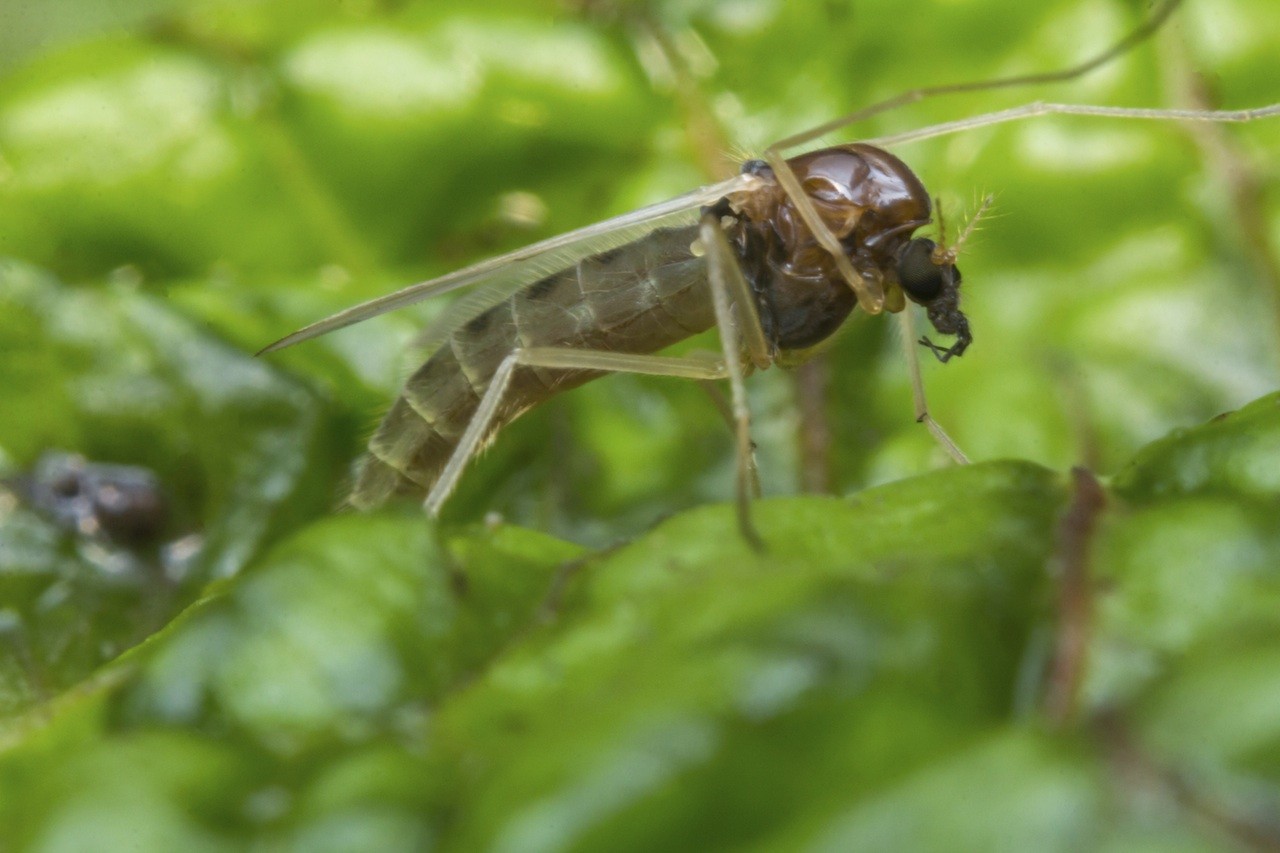
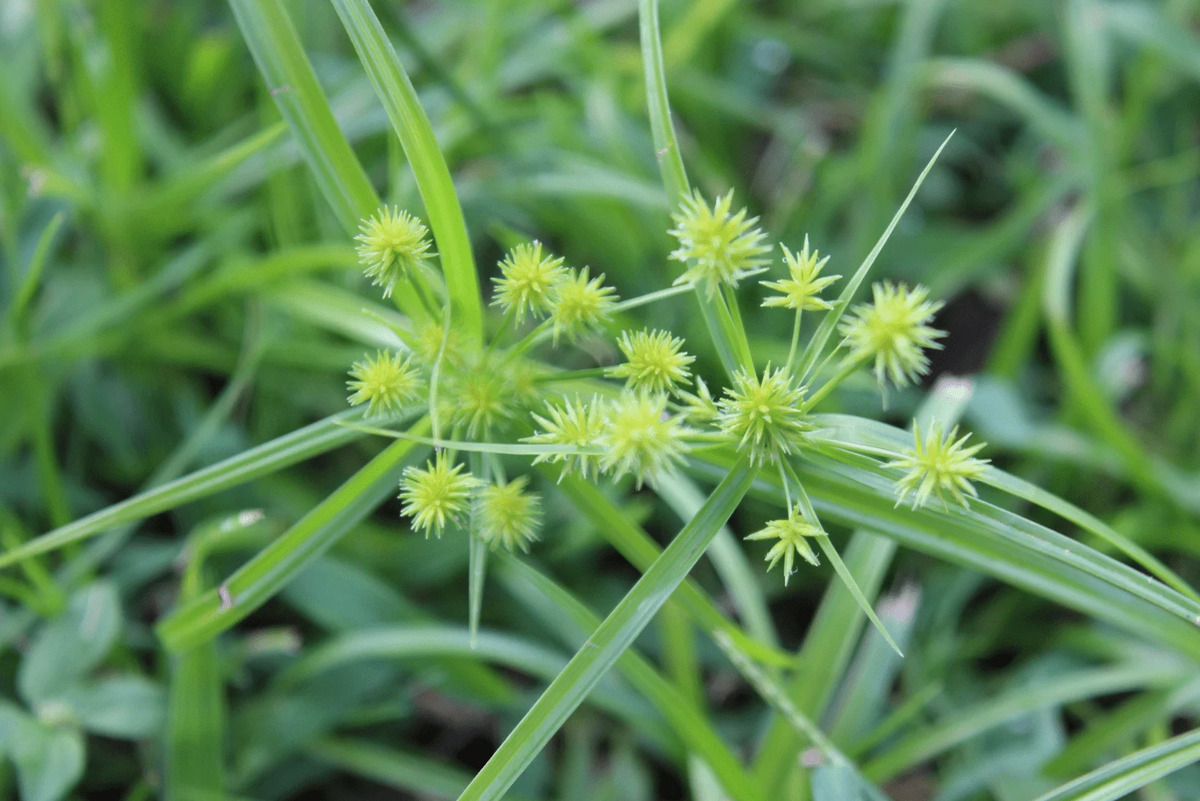
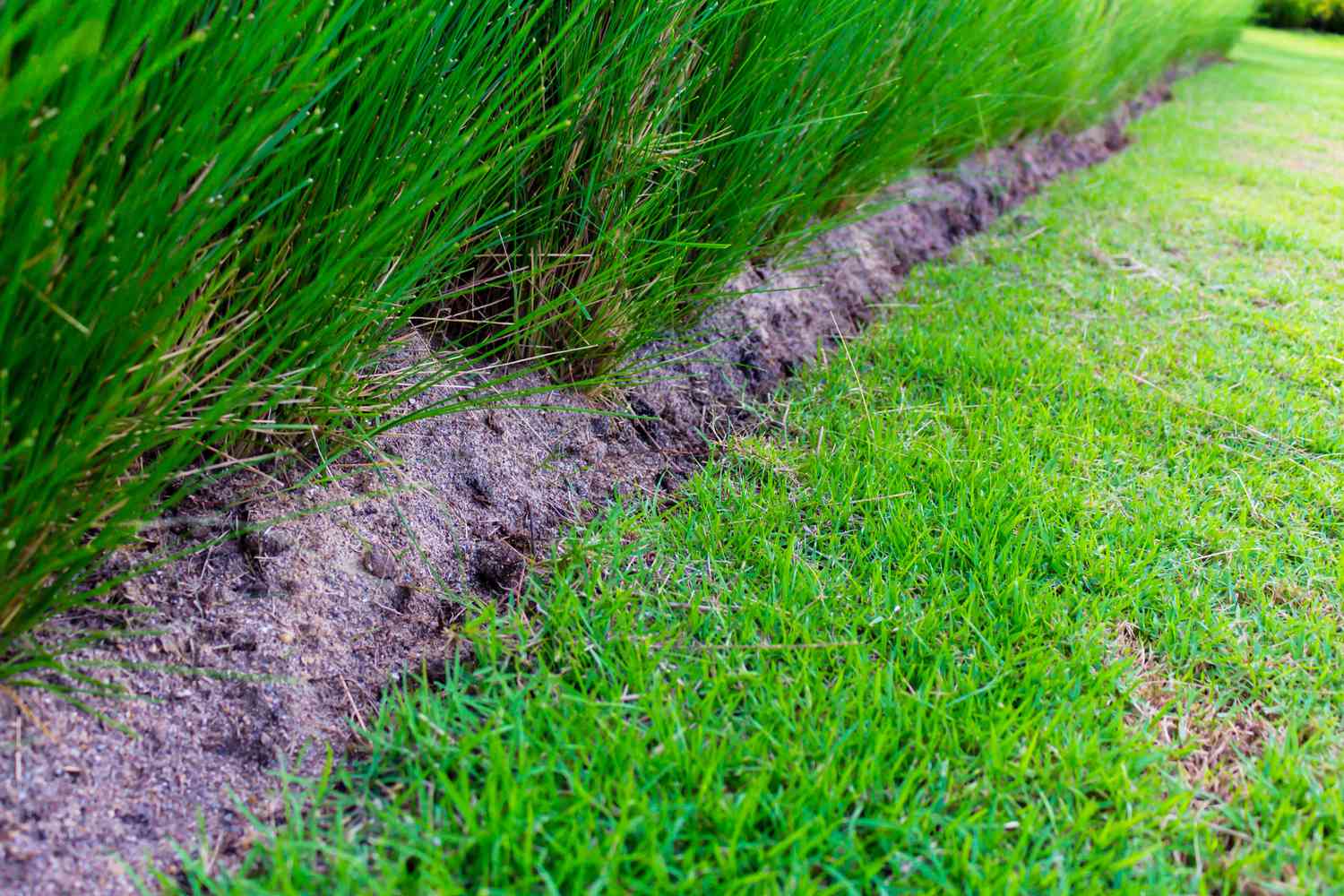

0 thoughts on “How To Get Rid Of Fungus In Grass”